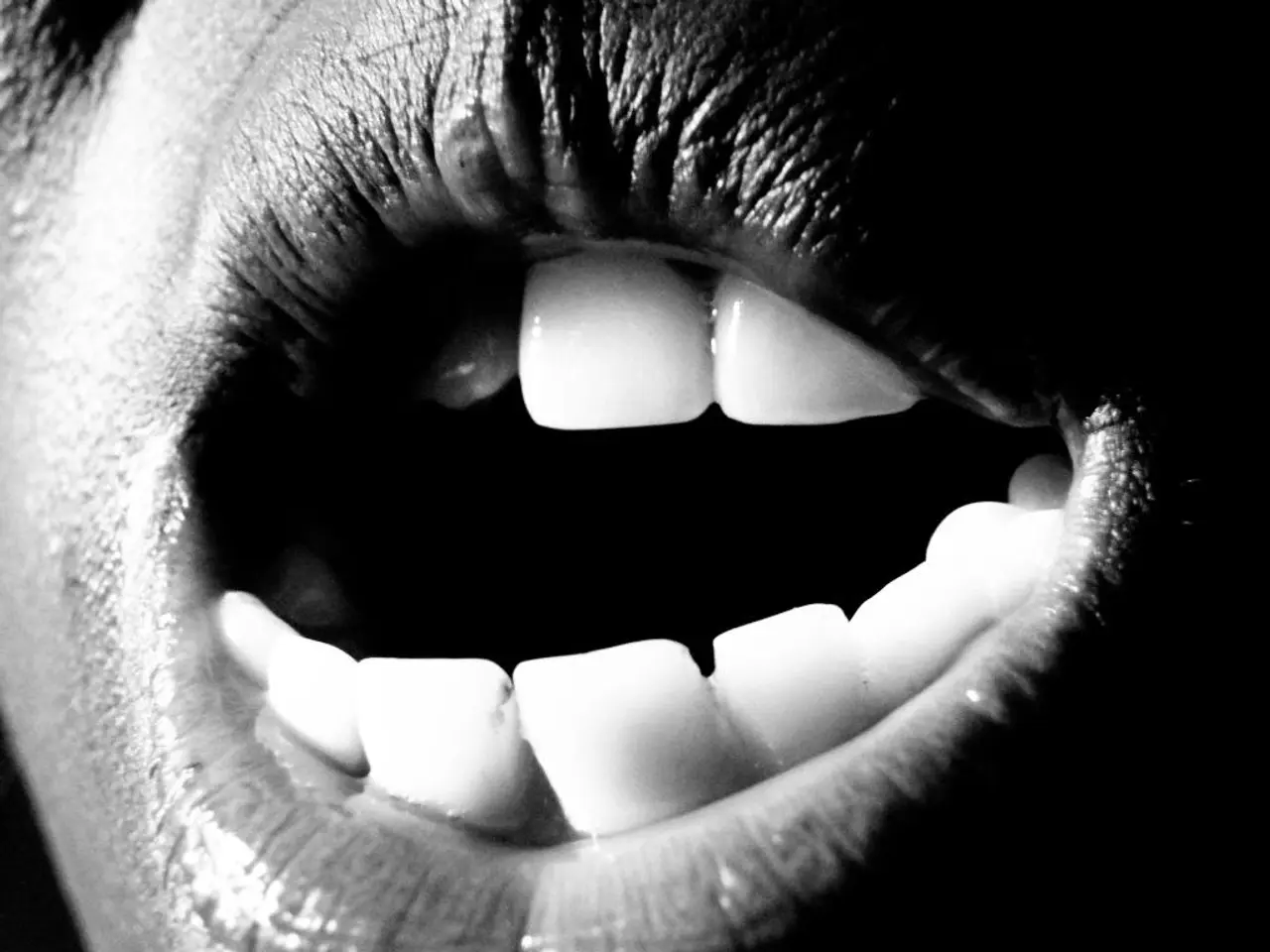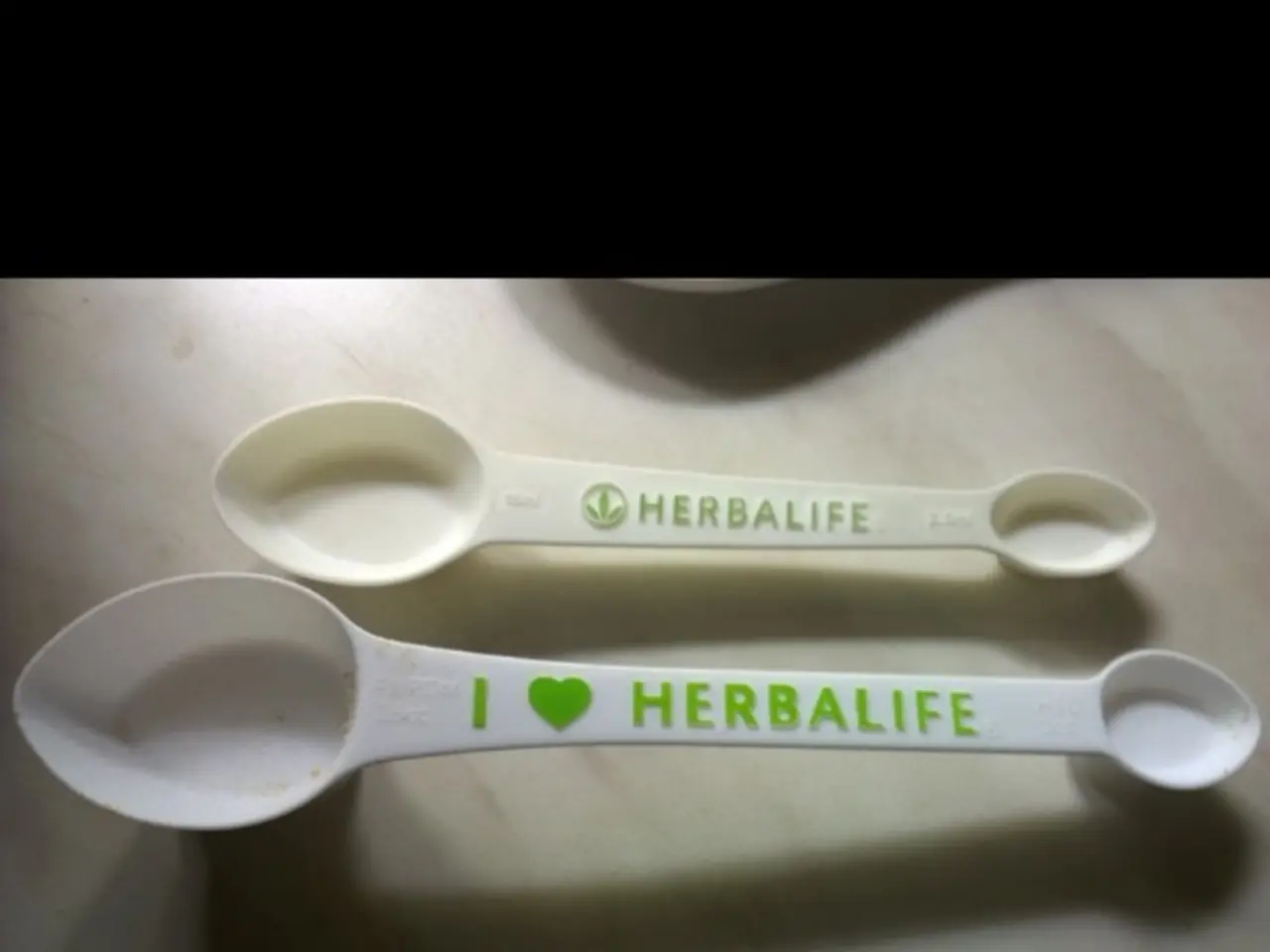Duration of Canker Sores: Guide Through the Timeline
Canker sores, also known as aphthous ulcers, are painful sores that can occur inside the mouth. While they are generally non-infectious and resolve on their own, their healing times can vary significantly. This article aims to shed light on the factors that influence the duration of canker sores.
### Types and Typical Duration
There are three types of canker sores: minor, major, and herpetiform. Minor canker sores are the most common, typically less than 1 cm in diameter, and usually heal within about one week without scarring. Major canker sores are less common but larger (over 1 cm) and deeper, often lasting more than two weeks and can be very painful, possibly healing with scarring. Herpetiform canker sores present as clusters of tiny ulcers and usually heal in about one week[1][2].
### Key Influencing Factors
#### Size and Severity
Larger, deeper ulcers (major canker sores) inherently take longer to heal compared to smaller, superficial ones[1][2].
#### Individual Healing Response
Individual variation in immune function and tissue repair can affect healing time, regardless of sore type[1][2].
#### Recurrent and Complex Cases
People with frequent or unusually severe outbreaks may have underlying health issues (e.g., autoimmune diseases, nutritional deficiencies, chronic gastrointestinal conditions) that prolong healing or predispose to major sores[2][3].
#### Local Irritation and Trauma
Persistent irritation—such as from sharp teeth, orthodontic appliances, or aggressive oral hygiene—can delay healing of existing sores and even trigger new ones[2][3].
#### Nutritional Status
Deficiencies in vitamin B12, zinc, folic acid, or iron are associated with increased frequency and possibly prolonged duration of canker sores[2][3].
#### Hormonal and Genetic Factors
Hormonal changes (e.g., during menstruation) and a family history of canker sores may influence both frequency and healing time[2][3].
#### Medications and Lifestyle
Certain medications (NSAIDs, beta-blockers, chemotherapy) and lifestyle factors (smoking, stress) can exacerbate or prolong symptoms[3].
#### Oral Hygiene Products
Toothpastes and mouthwashes containing sodium lauryl sulfate may irritate the mucosa, potentially delaying healing[3].
#### Systemic Diseases
Autoimmune conditions (e.g., lupus, Behçet’s disease, Crohn’s disease) and immunosuppression (e.g., HIV/AIDS) are linked to more severe, persistent lesions[2][3].
### When to Seek Medical Advice
Persistent ulcers (lasting more than 2–3 weeks), frequent recurrences, unusually large or painful sores, or sores accompanied by systemic symptoms warrant medical evaluation to rule out underlying disease or oral cancer, especially in older adults or tobacco users[3].
Addressing these factors can help reduce both the frequency and duration of outbreaks[1][2][3]. It's crucial to maintain good oral hygiene, consume a balanced diet, and manage any underlying health conditions to promote healing and prevent future occurrences of canker sores.
[1] Mayo Clinic. (2021, February 16). Canker sores. Retrieved March 25, 2023, from
Canker sores, also known as aphthous ulcers, are painful sores that can occur inside the mouth and are non-infectious. While minor canker sores typically heal within a week, larger and deeper ones (major canker sores) may last more than two weeks. Individual variation in immune function and tissue repair, reoccurring outbreaks, local irritation and trauma, nutritional deficiencies, hormonal and genetic factors, certain medications, lifestyle choices, oral hygiene products, systemic diseases, and even conditions like multiple sclerosis, Crohn's disease, ulcerative colitis, psoriasis, atopic dermatitis, and HIV/AIDS can prolong healing or predispose to major canker sores. It's vital to seek medical advice for persistent ulcers, frequent recurrences, large or painful sores, and sores accompanied by systemic symptoms, as they may indicate underlying disease or oral cancer. Proper oral hygiene, a balanced diet, and addressing any underlying health conditions can aid in healing and preventing future occurrences.
Factors like a family history of canker sores, hormonal changes, and stress might influence both frequency and healing time. Some individuals may also experience nondigestive ulcers, migraines, depression, bipolar disorder, asthma, or migraines, which could potentially be linked to canker sores. In the realm of medical-conditions and health-and-wellness, understanding the predictive factors for canker sores duration and frequency can pave the way for improved treatment and prevention strategies. Science continues to explore these connections, and further research is essential to refine our understanding and offer effective solutions for managing this common oral health issue.




